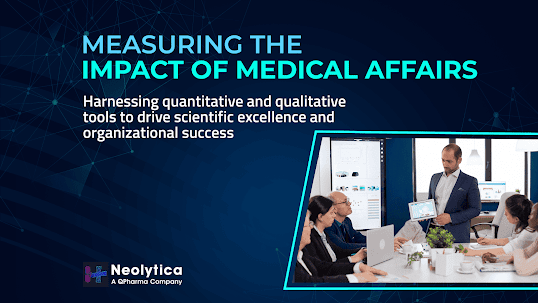
Managing Key Opinion Leaders (KOLs) is a critical yet complex task for Medical Affairs teams. Identifying the right experts, fostering meaningful relationships, and measuring the impact of these engagements are intricate challenges that demand a strategic approach. Neolytica, a QPharma company specializing in innovative solutions, addresses these challenges with precision and expertise.
Identifying and Mapping KOLs
The foundational challenge in KOL management lies in identifying thought leaders who significantly influence therapeutic areas. Traditional strategies often prove cumbersome, not tailored to your strategic objectives which leads to missed opportunities and inefficient resource allocation. Neolytica’s KOL mapping platform revolutionizes this process by leveraging data science and artificial intelligence to:
Analyze Influencers: Evaluate local and national thought leaders, based on your medical topics, for maximum impact.
Streamline Mapping: Provide Medical Affairs teams with actionable insights, enabling them to efficiently manage KOL relationships.
By adopting this innovative approach, teams gain a competitive edge in managing and engaging with the right thought leaders.
Enhancing Engagement Strategies
Once KOLs are identified, the next step is developing effective and compliant engagement strategies. Neolytica’s platform empowers Medical Affairs teams with:
- Sentiment Analysis: With advanced AI tools and expert analysts, Neolytica assesses KOL sentiments toward brands or topics. This enables teams to craft strategically aligned messages that foster better relationships and engagement.
- Integrated Platforms: Neolytica bridges the gap between Medical Affairs and commercial teams. While Medical Affairs focuses on educating about trials and drugs, commercial teams prioritize sales. Neolytica’s platform ensures seamless collaboration between these teams, aligning them with organizational goals and maintaining compliance.
This unified approach ensures consistent messaging and coordinates interactions with KOLs.
Measuring Impact and Value Proposition
Demonstrating the effectiveness of KOL engagements remains a significant challenge for Medical Affairs teams. Without clearly defined metrics, assessing the impact of these efforts on organizational goals is difficult. Neolytica addresses this with:
- Insights & Analytics: Utilize gap analysis, landscape evaluations, and message mapping to measure post-engagement effectiveness.
- Impact Metrics: Through its “Notify Me” App and “Ti Expert” platforms, Neolytica offers tools to evaluate KOL sentiment and engagement impact. These insights help optimize strategies in both medical and commercial fields.
By quantifying engagement outcomes, teams can refine their approaches and demonstrate tangible results.




